Blog
What is Earth Day?
Read moreWildlife crime: terms and definitions
Wildlife crime is one of the biggest threats animals face. This illegal enterprise spans many activities and is present in nearly every corner of the globe. Here, we define and explain some terms associated with wildlife crime to help you learn about these illegal practices and how damaging they can be to biodiversity.
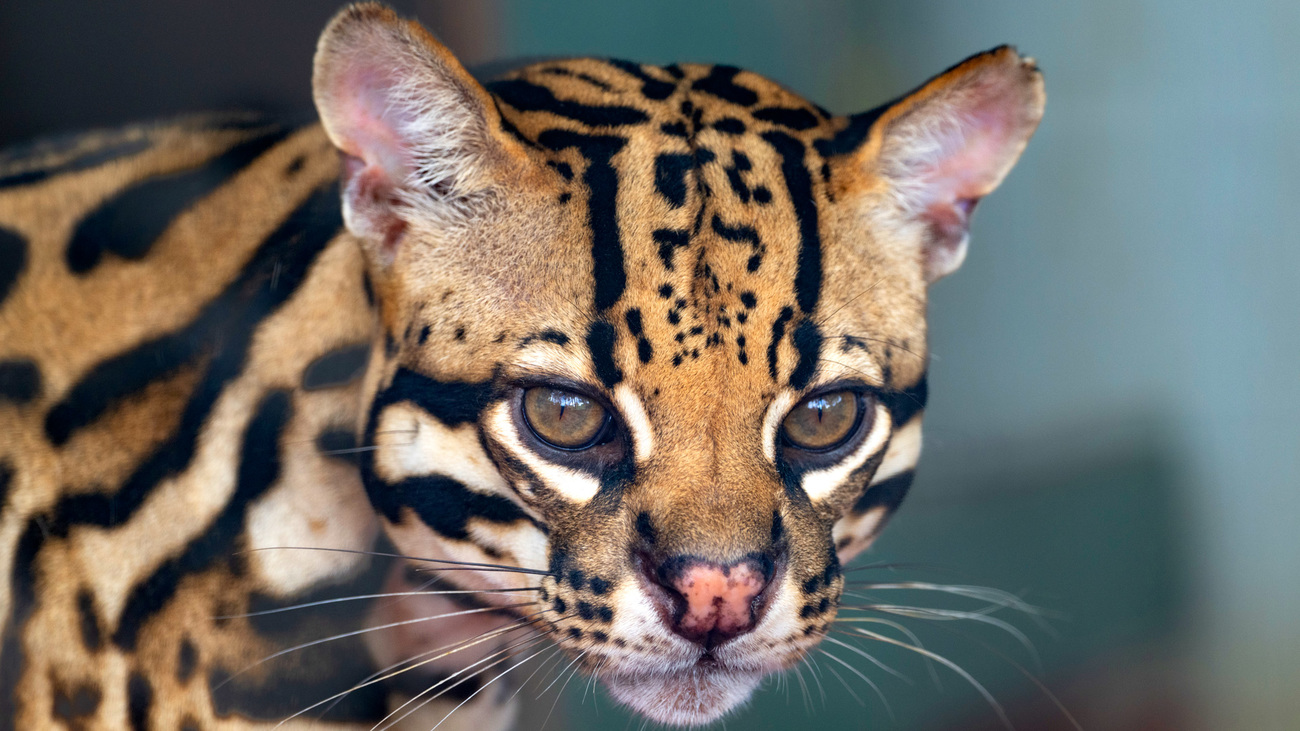
The Big Cat Public Safety Act was enacted in 2022 by the US Fish and Wildlife Service (USFWS). Its purpose is to protect big cat species by preventing private ownership and prohibiting exhibitors from allowing public contact with big cats, including cubs.
Specifically, under the Act, it is unlawful for any person to:
It is also unlawful for any person to attempt to commit any of the above actions with any live prohibited wildlife species.
The species that are covered by the Act are:
This also includes any hybrids of these species.
The Big Cat Public Safety Act is already having an impact, with a Texas couple being charged in 2023 for trying to sell a jaguar cub. This marks the first big cats saved by the Act and helps to curtail the further sale and exploitation of these animals.
Learn more about how IFAW is helping to protect our big cats and how you can get involved.
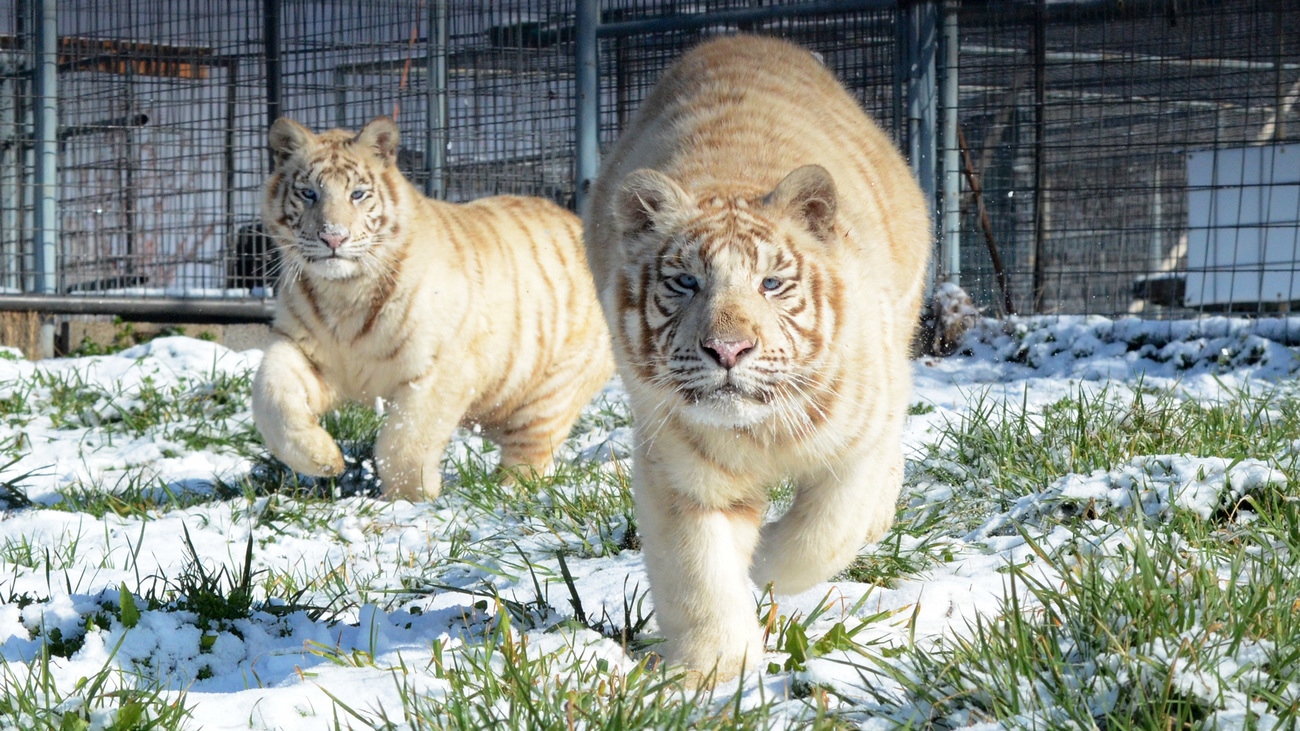
The Convention on International Trade in Endangered Species of Wild Fauna and Flora (CITES) is an agreement between the governments of more than 180 countries around the world to regulate international trade in wildlife and plants to protect species from extinction.
Enacted in 1975, CITES protects more than 38,000 animal and plant species, subspecies, and populations around the world. Some of the animals under the protection of CITES include pangolins—one of the most trafficked mammals in the world—and elephants.
CITES obligates participating governments to enact national laws to protect the listed species, and it also provides a framework for cooperation and collaboration between countries and governments.
CITES made recommendations at CoP19 for the protection of various species, including sharks, rhinos, glass frogs, and more. To find out more and learn how IFAW is helping to protect the included species, read our detailed look at CITES.
Ecological security refers to the concept of climate change, wildlife crime, and biodiversity loss as security issues. Not only do these issues threaten wildlife and plants, but they also threaten the security of individuals, communities, and entire nations.
Wildlife trafficking damages ecosystems, contributing to biodiversity loss and habitat destruction. When animals or plants are removed from an environment, the ecosystem becomes unbalanced, leading to potentially catastrophic consequences for people who rely on natural resources and ecosystem services.
Although the term exotic pet is defined in several different ways, IFAW considers an exotic pet to be any wild, non-domesticated animal kept as a pet.
Essentially, any animal that is not a member of a domesticated species, such as a dog or a cat, would fall under the definition of an exotic pet. We’ve already mentioned some of the most common exotic pets when talking about the Big Cat Public Safety Act, with animals like tigers, lions, and jaguars all being popular choices for private collectors.
While some are bred in captivity, many species kept as exotic pets are exploited through illegal wildlife trafficking, including spider monkeys, chimps, and various tortoise species.
Keeping wild animals as pets harms animals because they are removed from their natural habitats and are often not cared for properly due to their specific and extensive needs. Owning exotic pets also poses a risk to the people who own them since these animals are not domesticated and can be unpredictable and dangerous.
To test your knowledge about exotic pets, take our quiz.
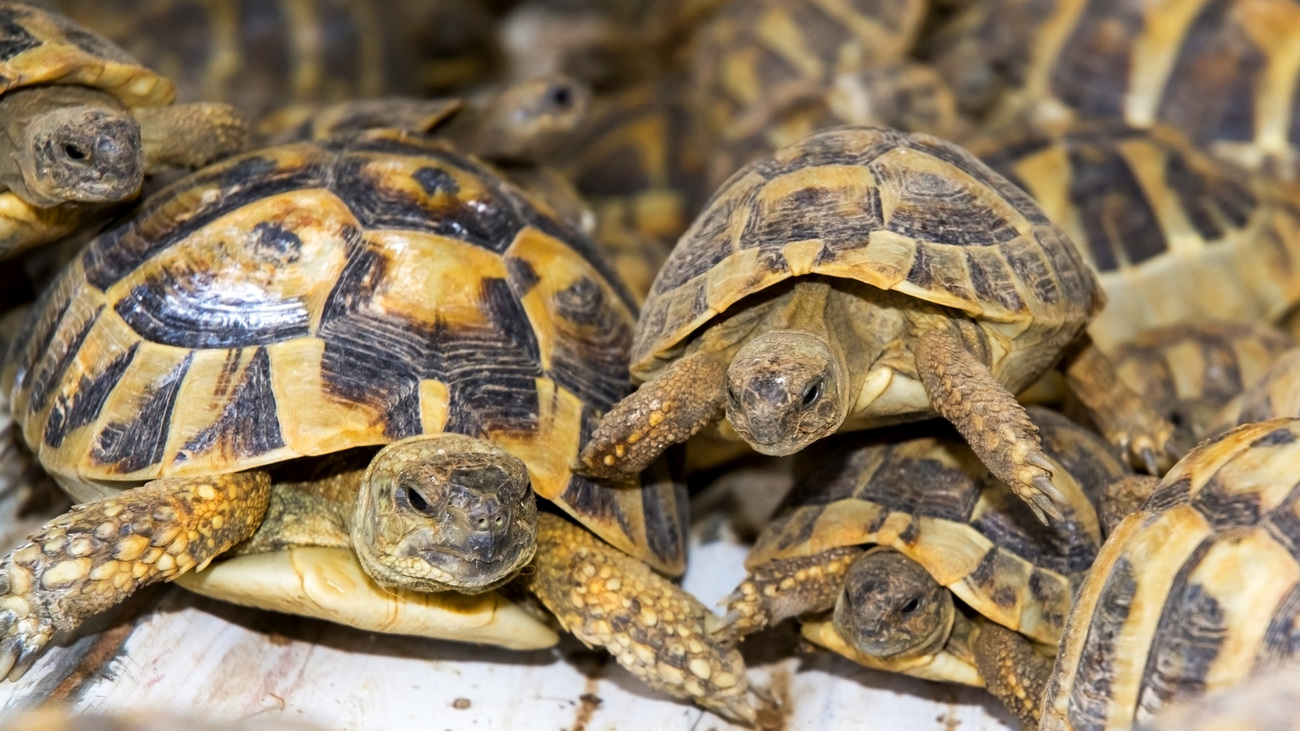
The illegal wildlife trade refers to the illegal buying, selling, and trading of animals and their parts, such as skins, horns, or bones. Animals and their parts are illegally bought and sold for a variety of reasons, such as for the exotic pet trade, traditional medicine, or food in the form of bushmeat.
Animals that are part of the illegal wildlife trade have often been violently removed from their habitats and families or killed despite their conservation status. Often, when baby animals are taken from the wild, in particular for trade as exotic pets, their mothers are killed to allow for easier removal of their young. This devastates animal populations and traumatises the animals that are taken.
The illegal wildlife trade is not the same as wildlife trafficking but is instead considered a component of illegal wildlife trafficking.
Learn more about how IFAW combats the illegal wildlife trade in the Greater Virunga landscape and Southeast Asia.
One of the most commonly traded animal parts is ivory. Taken primarily from elephant tusks, ivory is used as medicine and for ornamental purposes, such as crafting sculptures, piano keys, and chess sets. Not only are elephants targeted for their ivory, but so are walruses, hippos, narwhals, killer whales, sperm whales, warthogs, and—before its extinction—the woolly mammoth. Even though the mammoth has been extinct for about 10,000 years, its ivory is still on the market—it’s referred to as ‘ice ivory’.
The UK Ivory Act was passed in 2018 but did not come into effect until 2022. Now that the Act is in effect, it is illegal to trade ivory items in the UK, with some very limited exceptions. Those found in breach of the Act face fines of £250,000 or up to five years in prison.
It is important to note that the UK Ivory Act only covers elephant ivory—it does not make any provisions for ivory from other animals, like hippos, narwhals, and walruses. However, the UK government is exploring the possibility of adding other at-risk species.
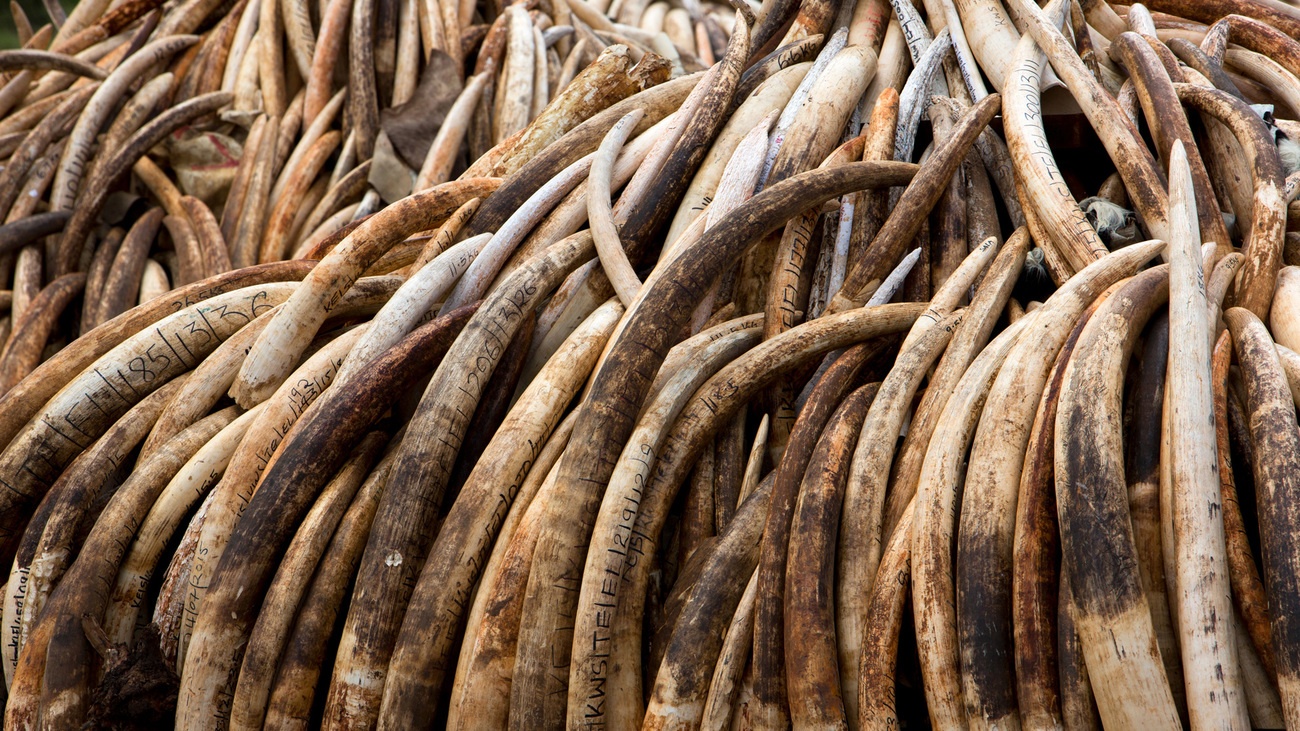
Poaching is defined as the illegal hunting or capture of animals that are not one’s own.
Poaching does not refer to just the illegal killing of animals, but also to their unauthorised trapping and capture to introduce them into the illegal live animal trade.
Poaching is a complex issue as many people rely on it as a source of income. Alternative, wildlife-friendly livelihood opportunities need to be established.
Rangers are also crucial to combat poaching.
Rangers are entrusted with protecting our animals, plants, and wild spaces. Rangers play a vital role in protecting the environment, stopping the illegal wildlife trade, and preventing human-wildlife conflict. They are the people on the ground who keep our planet safe every day.
Rangers are often people from the local community who have in-depth knowledge about their own ecosystems. They use this knowledge and experience to help manage wildlife and land effectively. Take our Team Lioness rangers, for example, the first all-women ranger unit in Kenya, made up of eight young Maasai women. They use their knowledge of their local ecosystem to help provide the best possible care and protection to their communities.
Rangers also protect the environment from wildlife crime. This is a dangerous job, but without intervention from expert rangers, poachers and wildlife traffickers would be free to exploit the environment unopposed.
In 2023, IFAW conducted a two-day intensive training program in Amboseli, Kenya for 30 of the Olgulului Community Wildlife Rangers to help them develop new skills and learn how to respond to and prevent wildlife crime. Equipping our rangers with the tools, skills, and resources necessary to combat wildlife crime is integral to stamping out the illegal exploitation of the natural world.
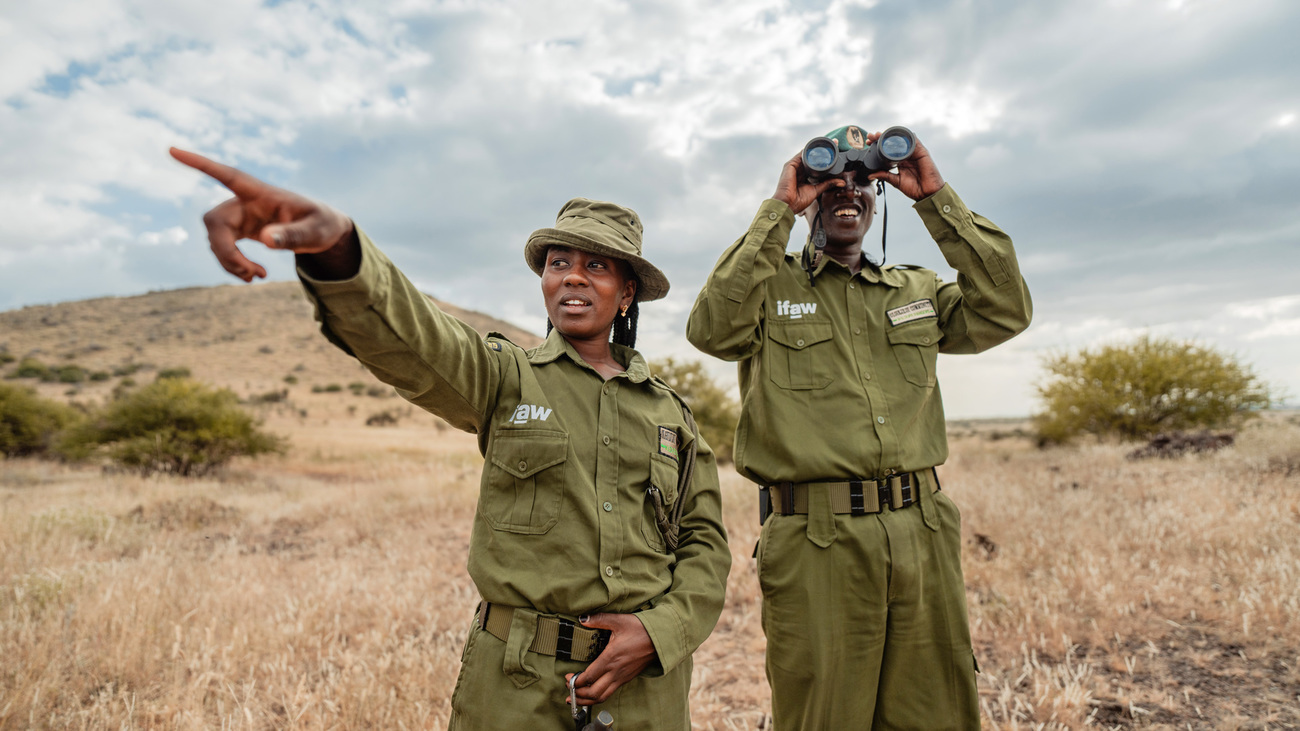
Combating wildlife crime is a complex challenge that relies upon collaboration, education, communication, and awareness raising. To treat the symptoms of the wildlife trade, such as poaching, we must address the root causes, including the demand for animal products. This is the core of social and behaviour change communication (SBCC).
Trafficking hubs are places through which illegal animals and their parts pass on their way from traffickers to customers. These are not necessarily in the same locations where animals or parts were acquired and can be geographically distant from the place of origin.
Southern California is an example of a large hub for the trade and distribution of wildlife and parts. IFAW is working with the US Fish & Wildlife Service, the Association of Zoos & Aquariums, and the California Department of Fish & Wildlife to establish a confiscation network to reclaim illegally traded wildlife.
Wildlife confiscation refers to stopping wildlife trafficking by intercepting traffickers and liberating any animals or animal parts in their possession. This is often done at specific checkpoints, like airports or ports, trafficking hubs (if they can be identified), or on-site where animals are being killed or captured.
Live seizures and confiscations refer specifically to the confiscation of living animals from traffickers. Live animals often can’t be returned to the wild after being confiscated from traffickers. They are often injured and traumatised and need veterinary care and rehabilitation. They may also be far from home, depending on where the traffickers were intercepted, and need to be transported long distances back to their natural habitats.
Ensuring confiscation teams can operate effectively requires that they have the tools and training they need. That’s why IFAW, along with our partners Jakarta Animal Aid Network and the Jane Goodall Institute, have created confiscation kits for more than 200 frontline officers in trafficking hotspots in Guyana, Indonesia, and Congo, and we’ve also worked to support capacity building, training, and coordination among agencies to enable the exchange of intelligence.
IFAW developed a specialised capacity building workshop called Detecting Illegal Species through Prevention Training (DISRUPT). Since 2007, this workshop has provided local authorities with the essential knowledge and expertise to stop wildlife trafficking and to implement CITES. DISRUPT is a customs and enforcement training programme on illegally traded species with thousands of participants trained in over 100 courses across 40 countries.
Dogs can also help us with wildlife confiscation when they’re trained to detect wildlife crime. IFAW’s Detection Dogs project trains dogs to work with frontline officers in this way.
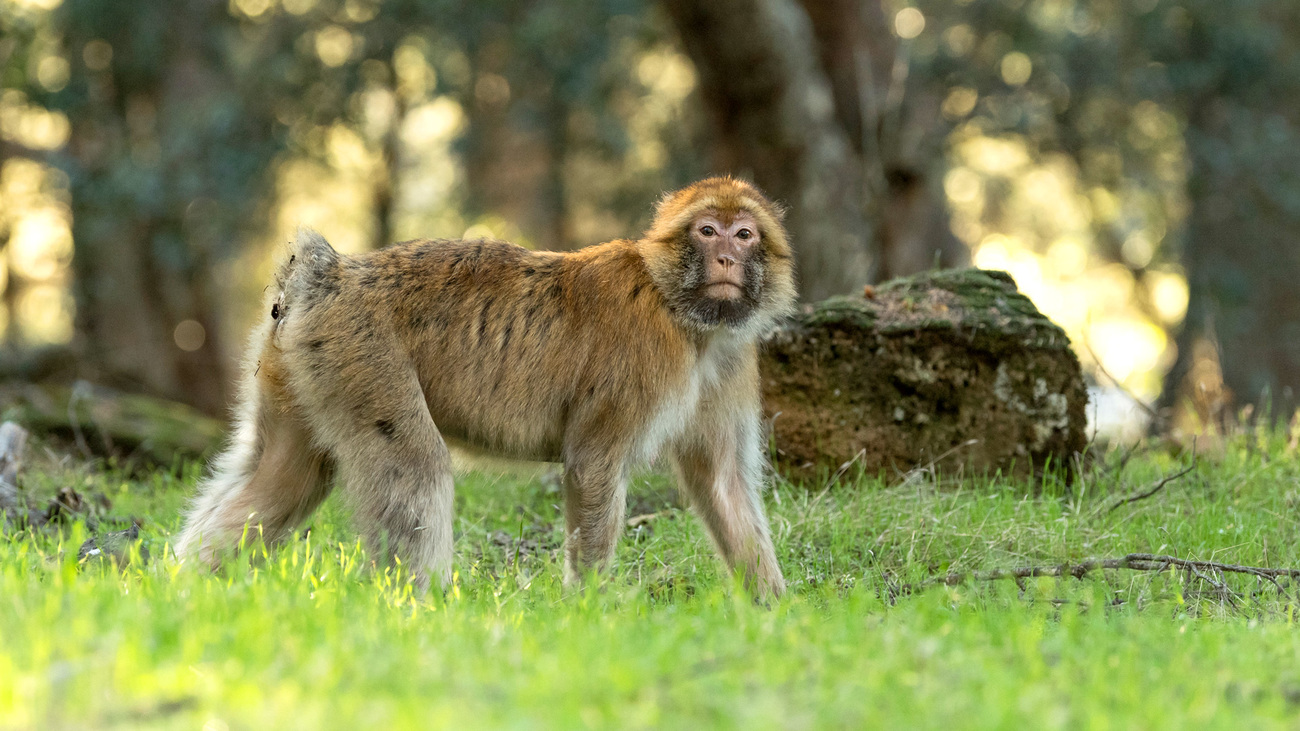
Wildlife crime consists of any and all illegal activities related to the trafficking, poaching, breeding, hunting, trading, and trapping of wild animals.
Wildlife crime isn’t just about animals being killed or hunted—it also covers animals being illegally trapped or captured and sold into the illegal pet trade. Additionally, it refers to illegal breeding programs where animals are bred with the specific purpose of being products for illegal activities, such as traditional medicine or unsanctioned food.
IFAW is committed to eradicating wildlife crime in several ways, including:
Wildlife cybercrime comes in many forms, including the buying and selling of animals and animal parts online, organisation of illegal activities, and exchanges of money for the purpose of capturing or killing animals. The internet and social media give criminals access to a global market, rapid and efficient communication networks, and highly sophisticated logistics management systems.
IFAW is a member of the Coalition to End Wildlife Trafficking Online. The world’s largest e-commerce, technology, and social media companies have joined forces to shut down online marketplaces for wildlife traffickers. The Coalition brings together companies from around the world in partnership with wildlife experts at IFAW, WWF, and TRAFFIC for an industry-wide approach.
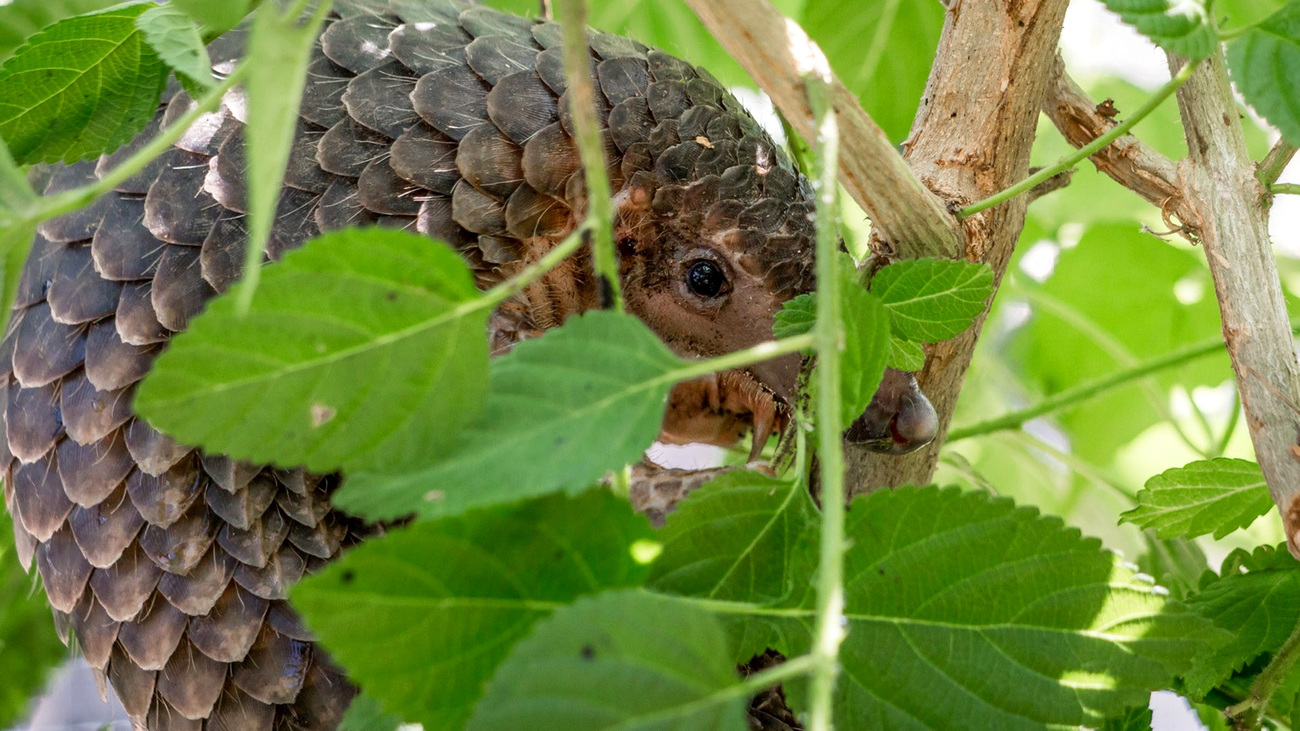
The term wildlife products refers to any product derived from animals. Of course, there are legal animal products available for purchase, such as sheep’s wool. However, many animal products are illegal and are acquired through inhumane ways. If animals aren’t killed, like elephants are to acquire their ivory tusks, they are often traumatised, maimed, and unable to continue living in the wild, significantly reducing their quality of life.
Bushmeat is an example of a wildlife product. Poachers often target monkeys and apes, killing large numbers of animals in order to sell their meat for food. This is illegal and incredibly damaging for these animal populations.
Other common wildlife products illegally procured and sold include rhino horns, pelts, skins, and pangolin scales.
Wildlife trafficking refers to all illegal crimes that involve the illegal trade, smuggling, poaching, capture, or collection of animals that are protected by law. Wildlife trafficking is driven by a demand for both live animals and animal parts, for use as pets, medicine, entertainment, food, or any other form of illegal exploitation.
After drugs and weapons trafficking, wildlife trafficking is the third most common form of organised crime in the world. The amount of money, manpower, and resources involved makes it incredibly difficult to tackle wildlife trafficking and protect our animal species.
Our work can’t get done without you. Please give what you can to help animals thrive.
Unfortunately, the browser you use is outdated and does not allow you to display the site correctly. Please install any of the modern browsers, for example:
Google Chrome Firefox Safari